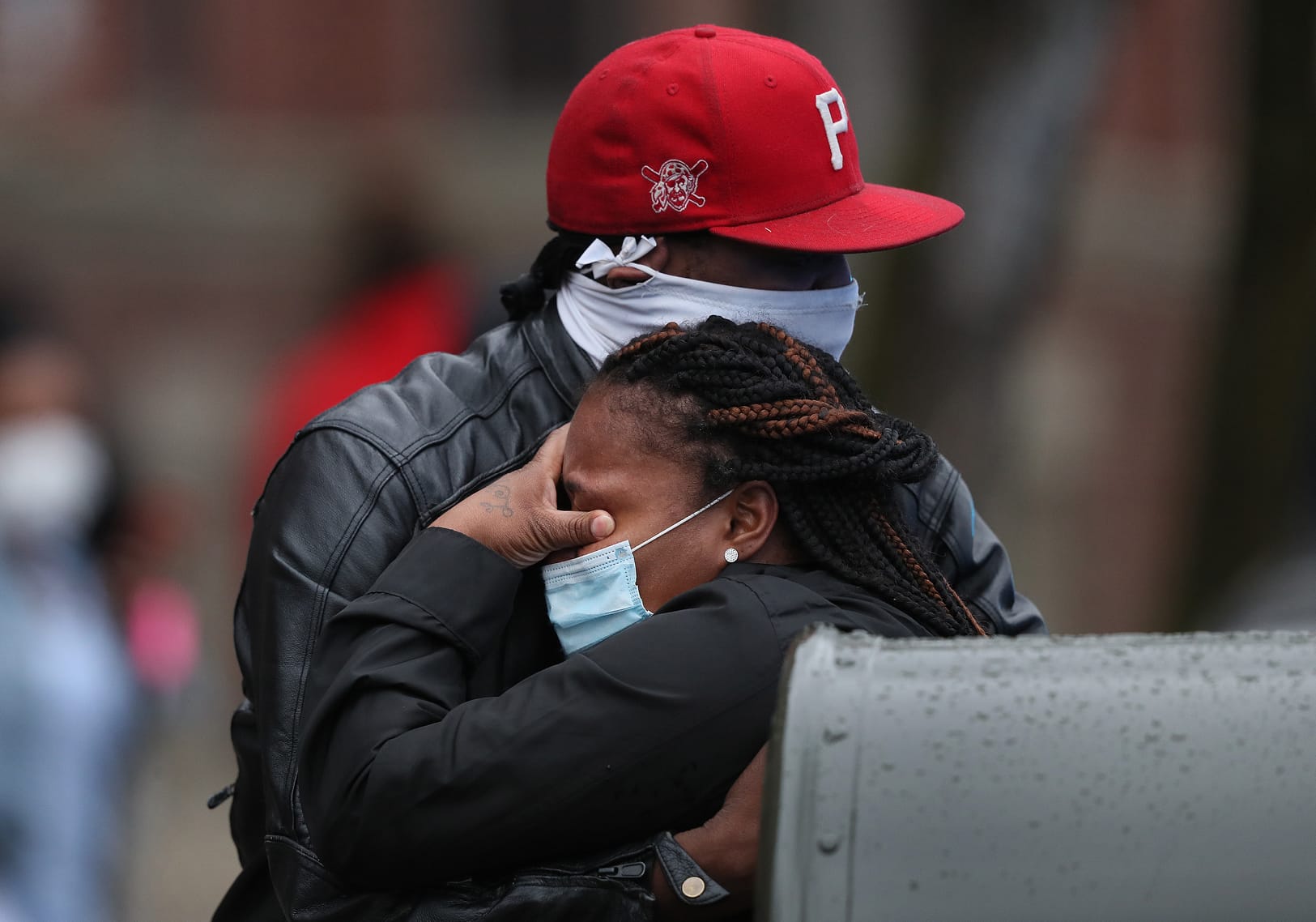
Funding Community Violence Prevention Through The CARES Act
While many cities have recently reported drops in overall crime during the COVID-19 pandemic, shootings and community violence have continued unabated in far too many communities, especially within communities of color. With full hospitals and strained emergency resources employed for the novel coronavirus response, cities across the country are struggling to find the resources to fight their preexisting epidemic of gun violence.
Prior to the COVID-19 pandemic, many cities had implemented effective strategies for violence intervention, achieving rapid, sustained reductions in shootings and homicides. Through the use of evidence-based strategies like group violence intervention, relationship-based street outreach, and hospital-based violence intervention programs, cities have cut their gun homicide rates by as much as 50% in as little as two years.
These strategies have also proven to be strong economic investments, with one Massachusetts program generating $7 in savings for every $1 invested. Similarly, in Connecticut, combined gun violence rates have dropped more than 50% in three major cities since 2011 with help from a state-funded intervention program. At a total cost of less than $1 million per year, this program has prevented shootings while generating an annual savings of $7 million.
States and local governments should consider using funding provided through the Coronavirus Aid, Relief, & Economic Security (CARES) Act towards the implementation of evidence-based violence intervention strategies and the sustainability of existing violence prevention and intervention programs. Relevant funding streams established by the CARES Act include both the Coronavirus Relief Fund and the Coronavirus Emergency Supplemental Funding Program.
Coronavirus Relief Fund
The Coronavirus Relief Fund holds $150 billion in direct assistance through the Department of the Treasury for state, tribal, territorial, and local governments. To be eligible to receive this funding directly, a local government must have a population that exceeds 500,000.
This funding may only be used for “necessary expenditures incurred due to the public health emergency” with respect to the coronavirus during the relevant time period. This includes not only expenditures used to respond directly to the emergency, but also “expenditures incurred to respond to second-order effects.” Governments “may presume that payroll costs for public health and public safety employees are payments for services substantially dedicated to mitigating or responding to the COVID-19 public health emergency, unless … specific circumstances indicate otherwise.”
Coronavirus Emergency Supplemental Funding Program
The Coronavirus Emergency Supplemental Funding Program includes $850 million in funding to assist state and local governments “to prevent, prepare for, and respond to coronavirus.” Allocated in accordance with the Byrne JAG program, this funding is provided through the Bureau of Justice Assistance in the Office of Justice Programs; entities may use this funding to make grants, contracts, or sub-awards to community-based organizations.
Allowable projects and purchases include, but are not limited to, overtime, equipment (including law enforcement and medical personal protective equipment), hiring, supplies (gloves, masks, sanitizer), training, travel expenses (particularly related to resource distribution in impacted areas), and addressing the medical needs in prisons, jails, and detention centers.
During this time of nationwide uncertainty, it is imperative that frontline violence prevention and intervention professionals remain on the job. For more information or assistance regarding these and other funding opportunities for violence prevention and intervention work, please contact Giffords Law Center to Prevent Gun Violence (info@giffords.org).